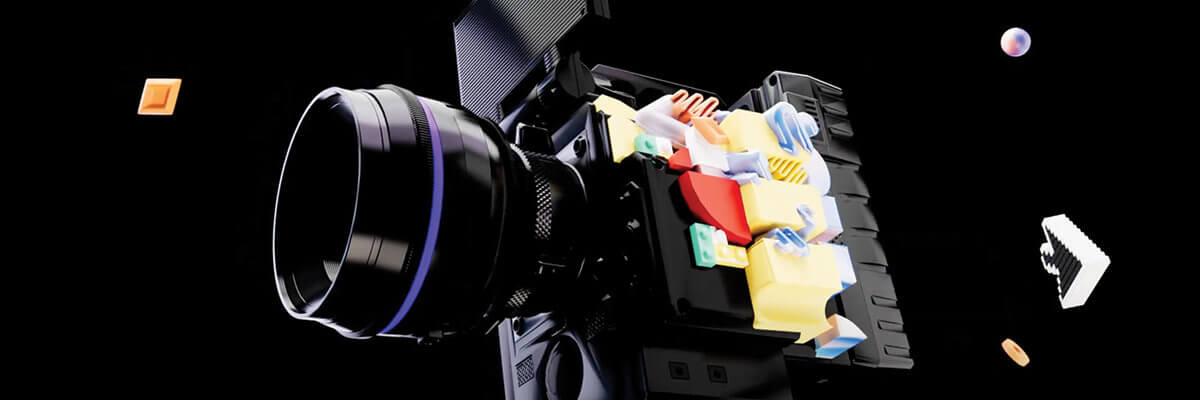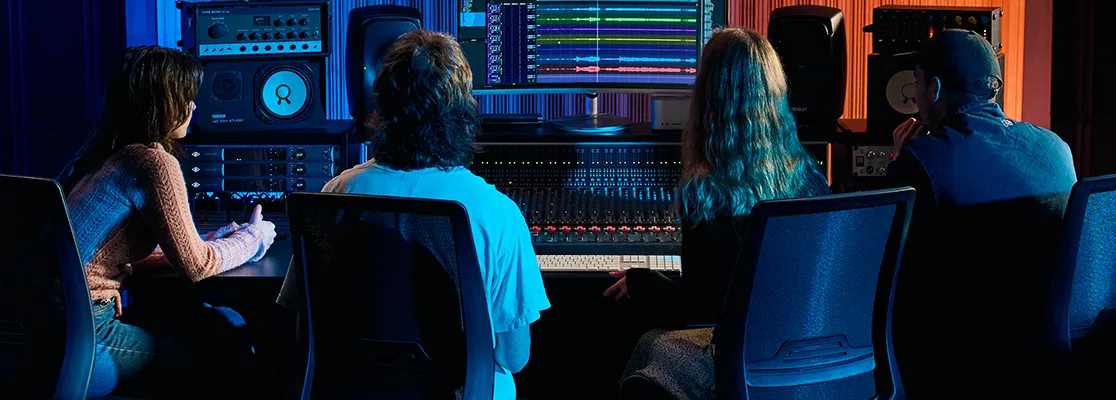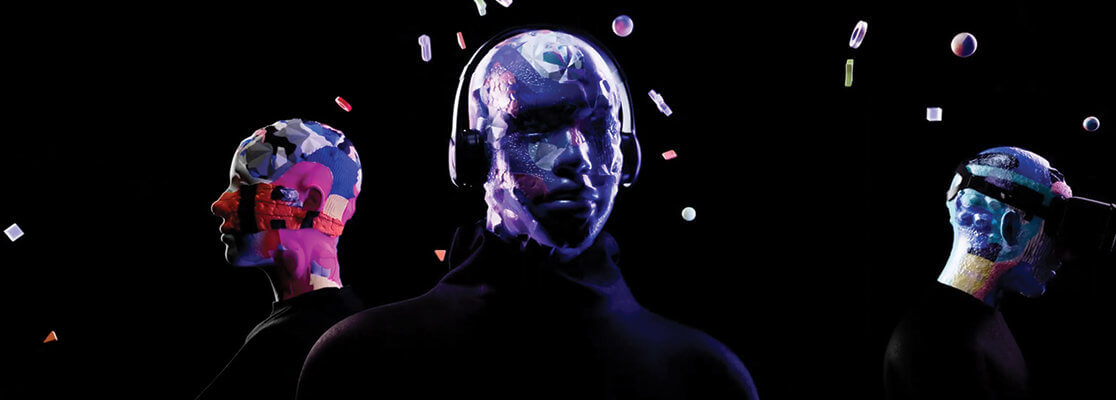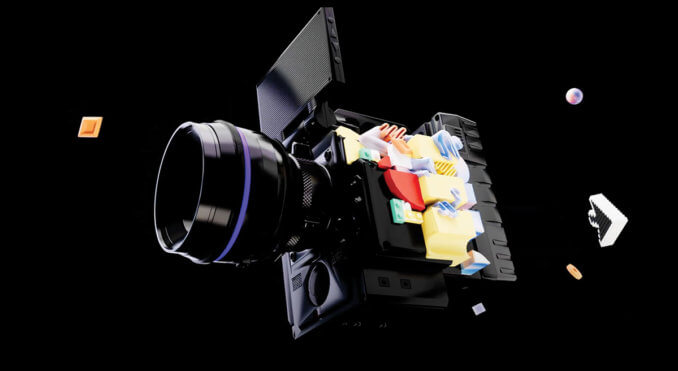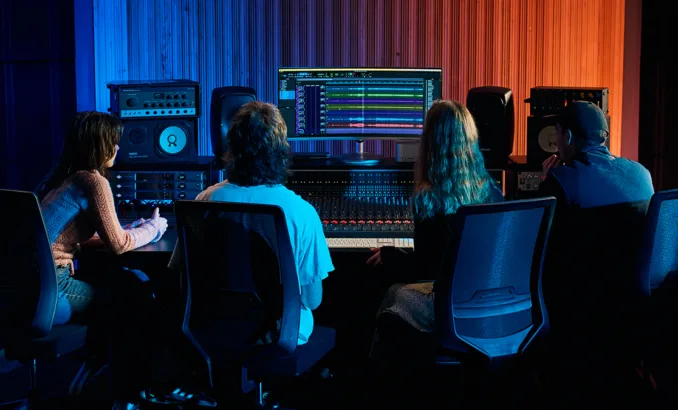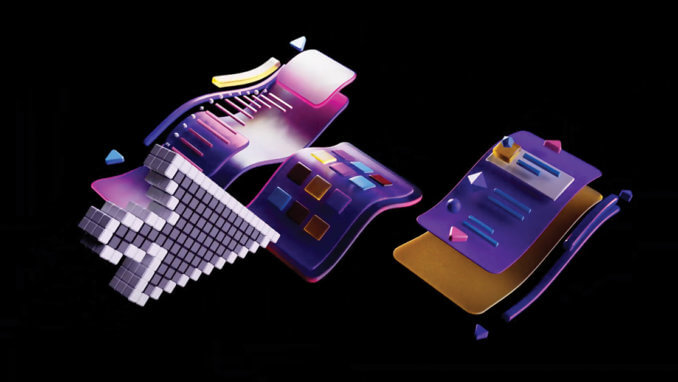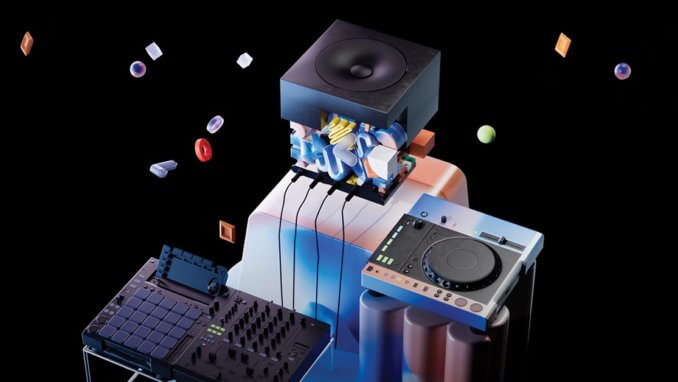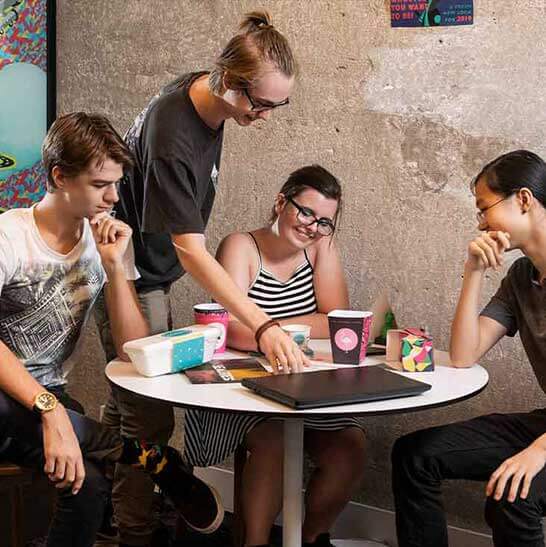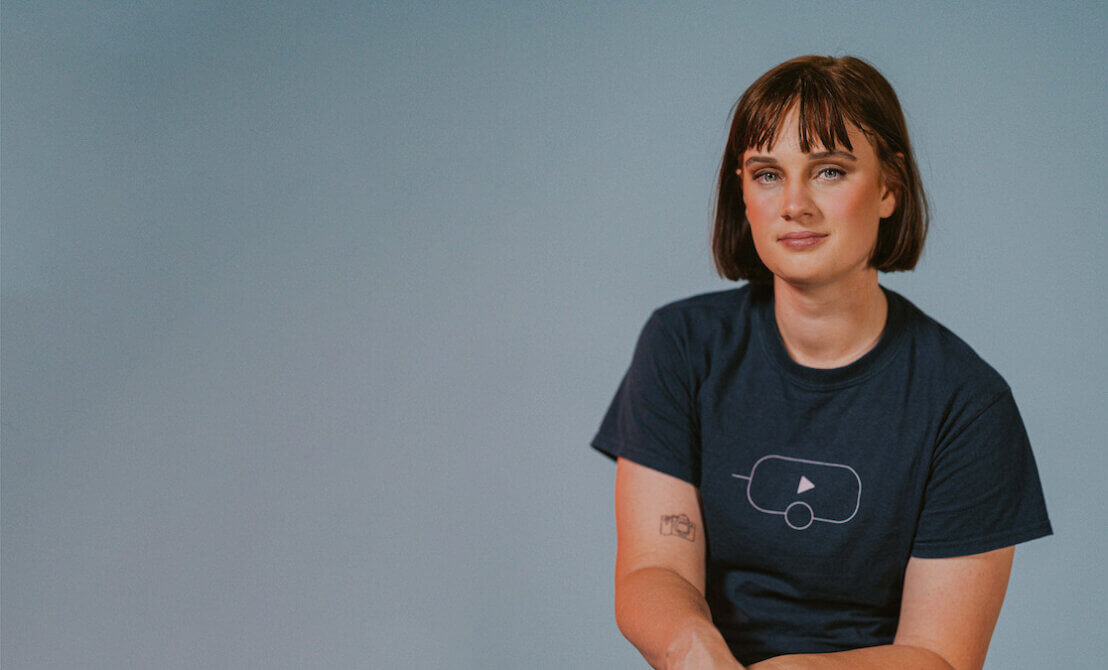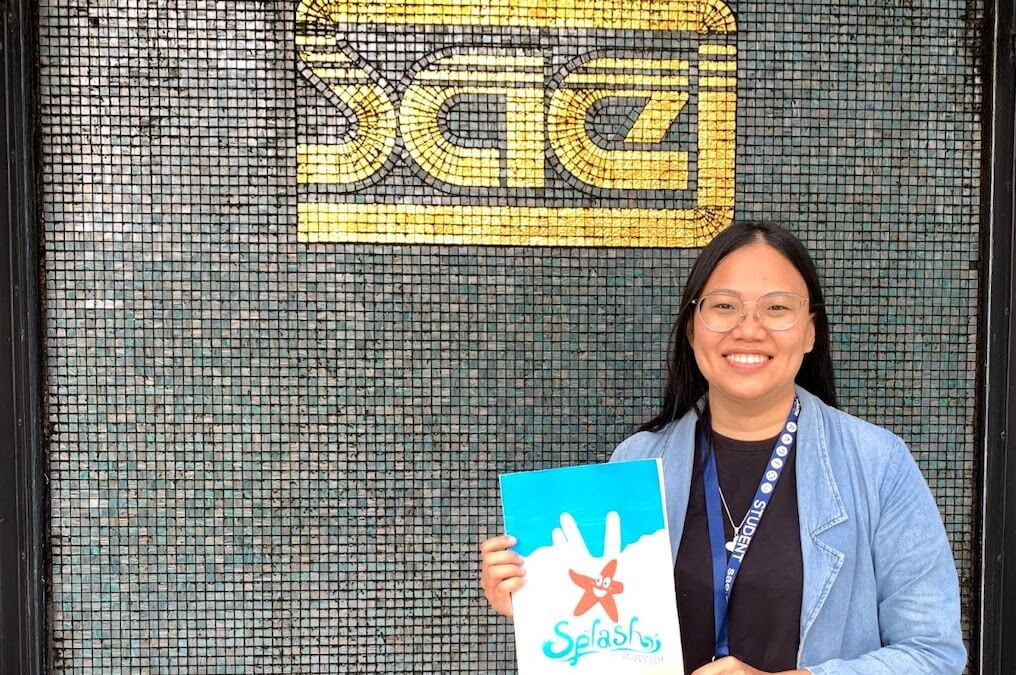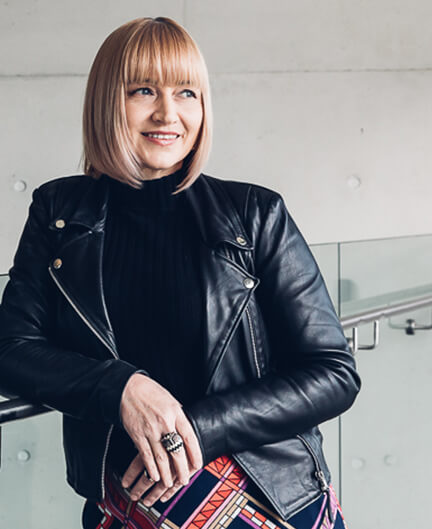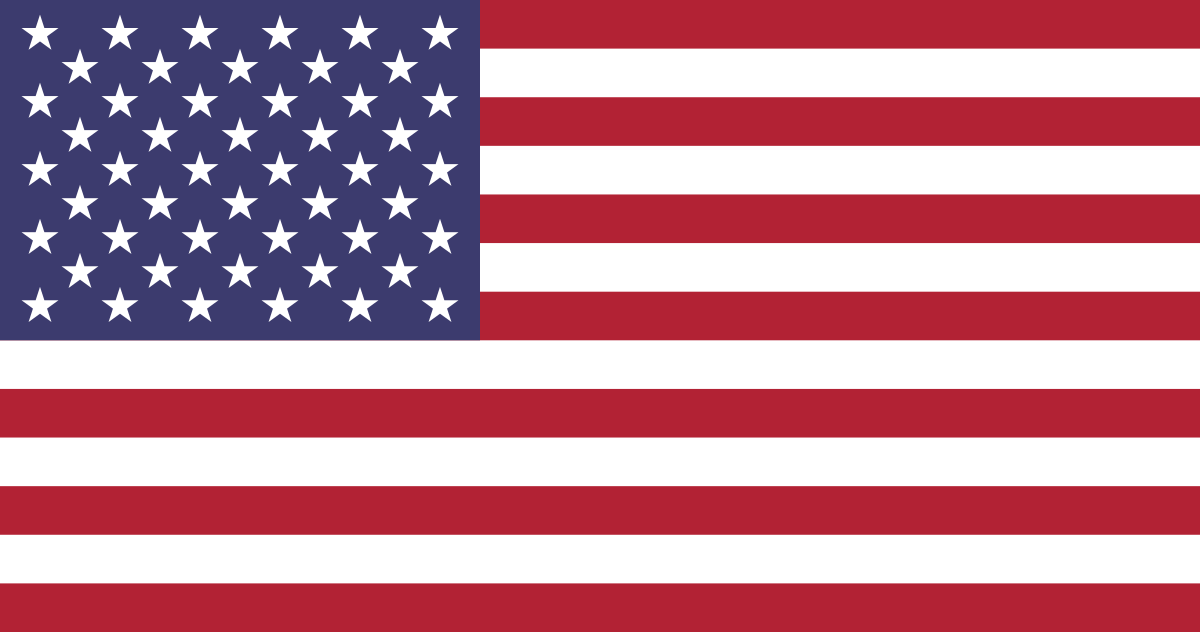
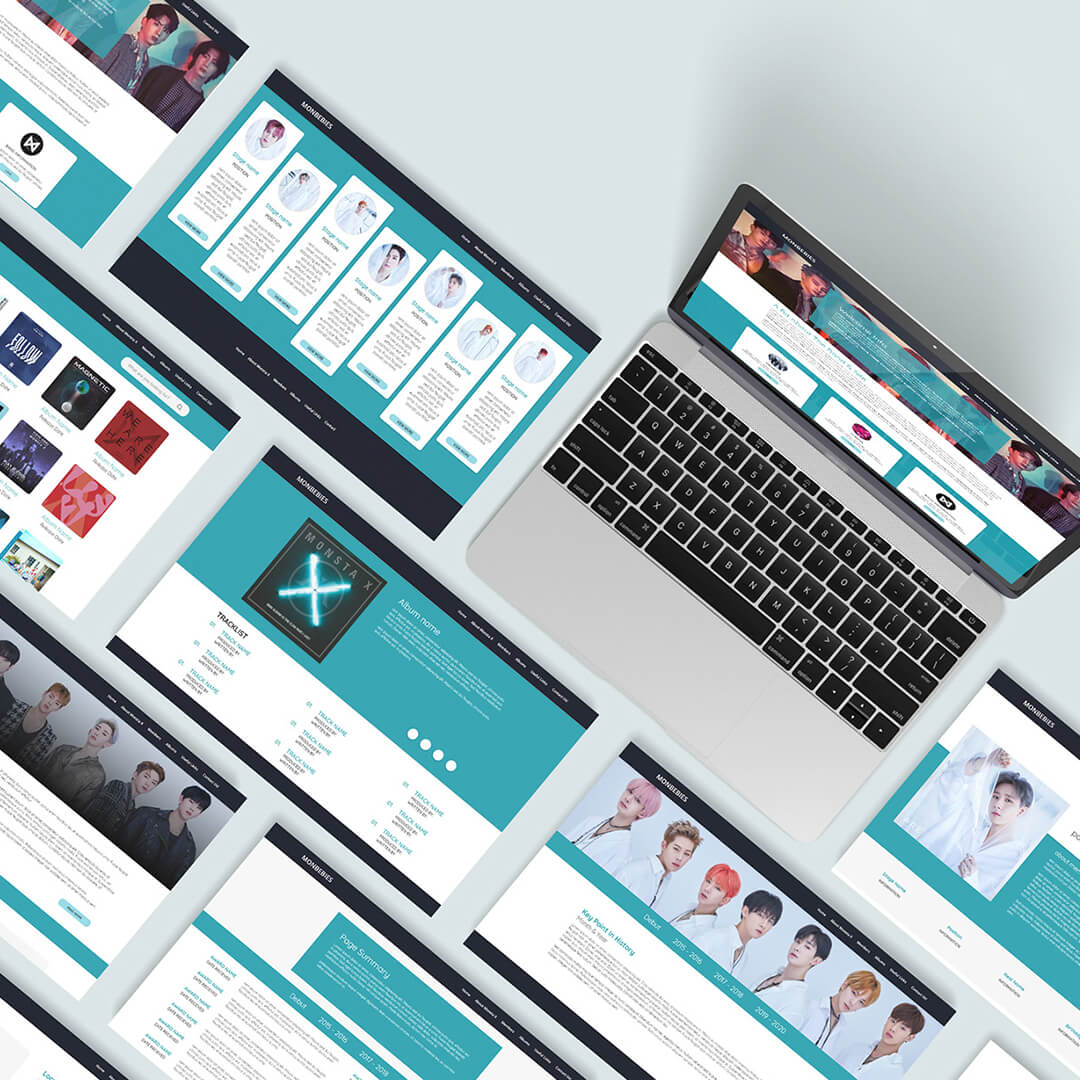
Whether you’re passionate about illustration and image-making, or you’re eager to create incredible user experiences and marketing campaigns, SAE's range of government-accredited visual communication courses and graphic design courses will give you the competitive edge you need to thrive in this ever-evolving industry.
Our Bachelor of Design & Visual Communication includes professional work placement opportunities and major project development to pad out your portfolio.
Covering the fundamentals of our bachelor’s degree, our Associate Degree of Design & Visual Communication equips you with the foundational knowledge you need to get your foot in the door.
Our short and sharp Diploma of Graphic Design prepares you for entry-level design roles through just seven months of study.
No matter which of our graphic design courses you choose, you’ll learn to make an impact through visual storytelling, typography, and layout design.
Using industry-standard tools like Photoshop, Illustrator, and InDesign, you’ll create motifs, pictorial marks and logos; explore a range of hand-drawn and digital techniques; and apply UX and UI tools such as personas and user journeys.
With practical learning from day one, you’ll graduate with more technical expertise than you thought possible, plus a dynamic portfolio of design work fit to impress your future employers. Choose your ideal study path from our range of graphic design courses online today.

Learn using Industry Software






CAREER OUTCOMES
WHERE OUR DIGITAL DESIGN COURSES COULD TAKE YOU
When you choose to study one of SAE’s dynamic graphic design courses, you’ll pave the way to exciting career paths including:
- Graphic Designer
- Content Manager
- Print and Digital Designer
- Social Media Designer
- UX Designer
- UI Designer
- Creative Director
- Branding and Identity Designer
- Art Director
What our students say about SAE


Thomas Hartley
SAE Alumni | Current Job: Creative Designer (CAA Agency & previously at Adidas)
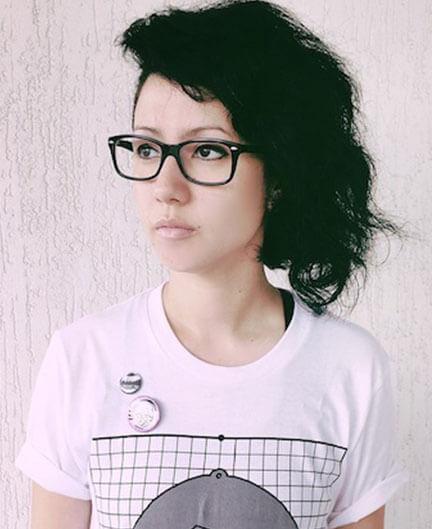
Kara Thattanakham
SAE Alumni | Current Job: Graphic Designer
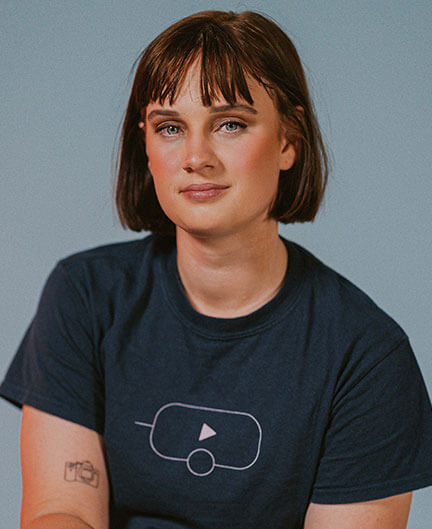
Eliza Allard
SAE Alumni | Current Job: Director/Founder, The Content LabYOUR CAREER IN DESIGN BEGINS NOW
GRADUATE FROM SAE’S DESIGN COURSES WITH PRACTICAL SKILLS IN:
Is Design for you?
Still deciding whether you want to study one of SAE’s design courses? Check out our suitability recommendations to consider before you study design at SAE.
- a strong sense of creativity and imagination
- a willingness and ability to collaborate effectively with people from diverse backgrounds, including industry practitioners
- have technical, computer and software skills
- have critical thinking and problem-solving skills
- adaptability to changing technologies and industry trends
- possess an interest in the societal, ethical and cultural factors influencing creative industries
- a willingness to devote up to 10 hours per week for every 10 credit points you study. This will allow for scheduled classes, personal study and project work.
- a keen interest in learning about form, colour, composition and type in design
- a curiosity about the visual world around you and your role in it
- enthusiasm for crafting work in print, digital and motion graphics design
- to be comfortable participating in scheduled classes and activities fully online.
A career in graphic design involves creating visual content that communicates messages. Designers work on layouts, images, and typography for things like websites, advertising, social media, packaging, and branding. The goal is to combine creativity and communication to solve problems visually and engage the audience.
Graphic design covers many areas. Branding design involves logos and visual identities. Digital design includes social media, websites, and apps. Print design includes posters, packaging, books, and magazines. Some designers specialise, while others work across multiple areas depending on their interests and skills.
If you enjoy solving problems visually, have an eye for detail, and like working with colour, type, and layout, graphic design might be a good fit. It suits people who are creative but also practical and enjoy working on projects that communicate ideas in a clear and appealing way.
Entry-level roles include junior graphic designer, digital designer, production assistant, layout artist, or design assistant. These jobs usually involve supporting senior designers, working on real projects, and developing skills in a professional setting.
Start by learning the basics of design and building your skills through practice. Create sample projects to build a portfolio. Studying graphic design, such as through a course at SAE, can give you access to industry-standard tools, professional guidance, and the chance to work on real briefs.
A degree is not always required, but it can help you learn faster and open more doors. Most employers want to see a strong portfolio and a good understanding of design principles. A formal course provides structure, feedback, and experience working on client-style projects.
You need to understand layout, colour, typography, and image editing. Knowing how to prepare files for print or digital use is also important. As you grow, you may also learn animation, motion graphics, or user interface design, depending on your interests.
Designers commonly use Adobe Creative Cloud software like Photoshop, Illustrator, InDesign, and After Effects. Other popular tools include Figma, Canva, and Procreate. At SAE, students get hands-on experience with these tools while building their portfolios.
Graphic designers need strong communication skills, time management, and the ability to take feedback. You’ll also need to work well with clients, teammates, and sometimes under pressure. Being flexible and open to learning helps you grow and adapt over time.
Salaries vary by experience, location, and the type of work. In Australia, a junior graphic designer might earn around $50,000 to $65,000 a year. More experienced designers or those in senior roles can earn over $90,000. Freelancers set their own rates based on demand and skill.
Work/life balance depends on the workplace and the type of projects you take on. Some roles are flexible with regular hours, while others might have tight deadlines that require extra time. Freelancers often have more control over their schedule but need to manage their workload carefully.
Read SAE Design News
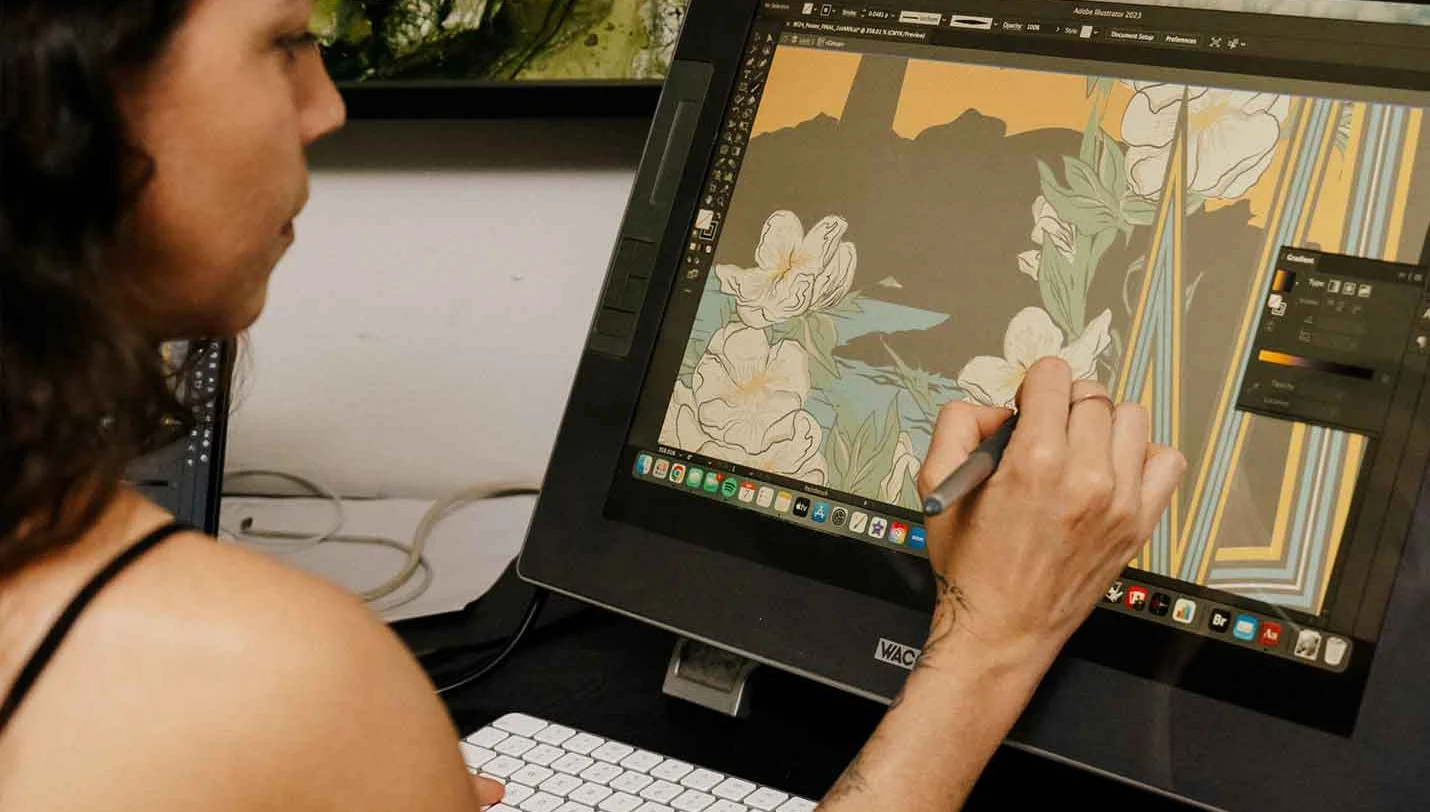
WHY STUDY GRAPHIC DESIGN COURSES ONLINE AT SAE
At SAE University College, our practical approach to learning allows you to start honing your skills from day one, establishing a portfolio of work fit to impress your future clients. You’ll learn in small, collaborative classes and online study components, designed to offer the tailored academic support you deserve.
Guided by expert lecturers with extensive professional experience, you’ll master the latest industry-standard tech and tools to create projects you’re proud of. Our campuses are packed with specialist equipment and software for you to develop the in-demand technical skills required for your dream career.
Cross-discipline collaboration allows you to learn from your peers and expand the depth of your creative projects. Together, you’ll develop innovative solutions to real-world briefs and build highly transferable communication and project management abilities.
To complement your technical skills and ensure you graduate industry ready, you’ll learn key strategies for self-promotion and personal brand development and explore ways to leverage these skills in an ever-evolving creative market.
Want to know more? Have questions to ask us? Schedule a call with an SAE Course Advisor today.


